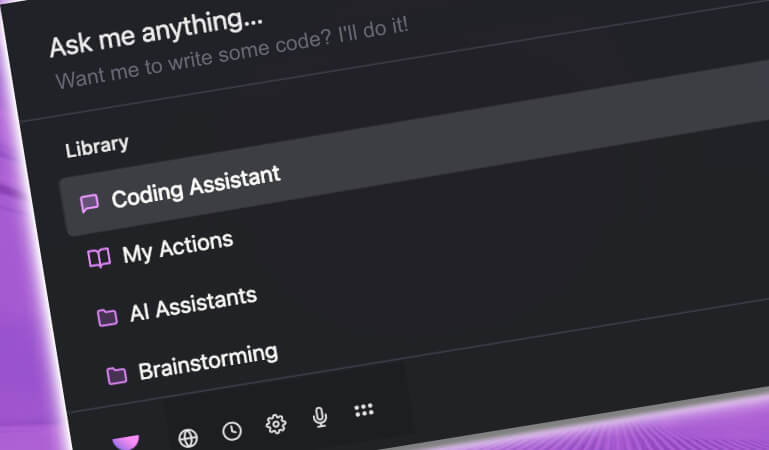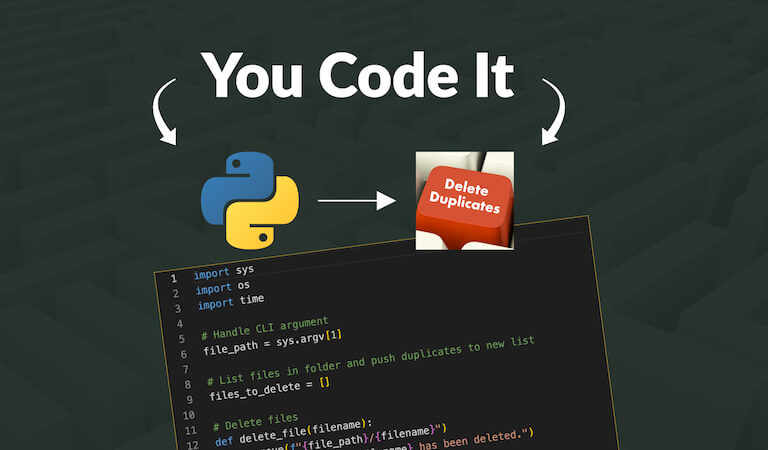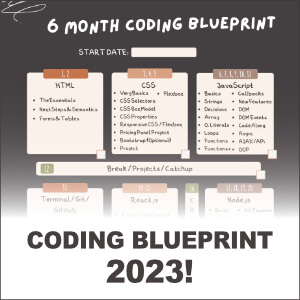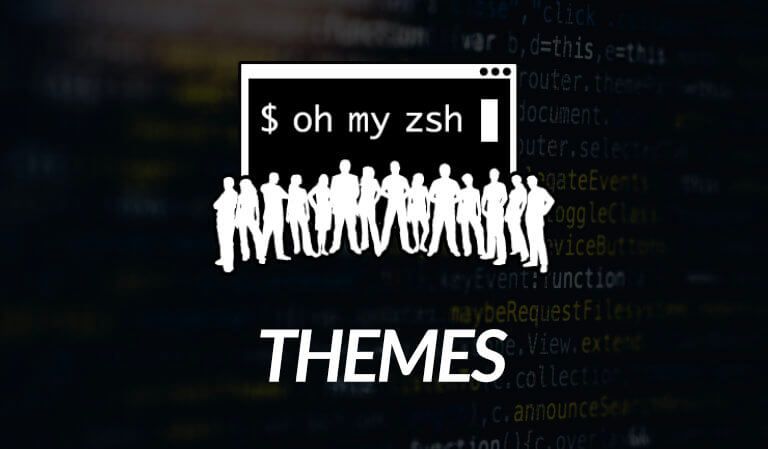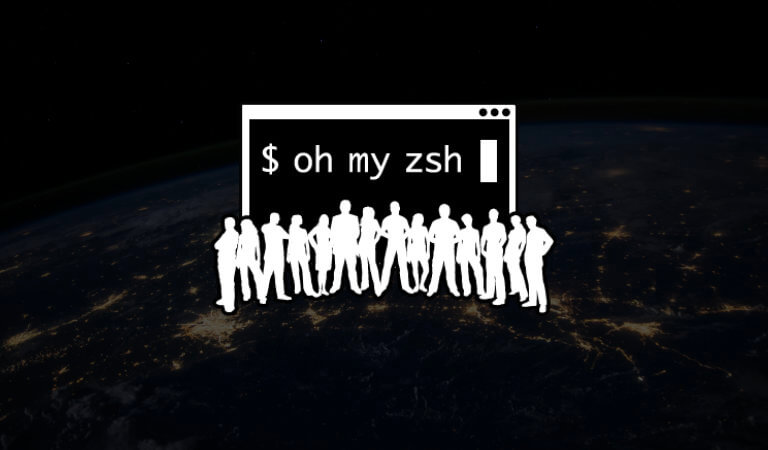I'm Off The Fig Waitlist: Terminal AutoCompletion Begins
What is Fig?
So if you didn’t know, Fig is an add-on to your existing terminal (for me, that’s iTerm2) and adds VSCode-style autocomplete.
There is autocompletion for hundreds of CLI tools, you can easily build your own autocompletions and shortcuts, and its open source. This means more are being added daily.
How To Get Access?
Fig is still in Beta. To get access, head over to their homepage and join the waitlist. It took me a couple of weeks to get the green light email.
However, I have seen many people @ Fig on twitter asking for early access and get it. In fact, when you join the waitlist the email states that if you really, really want instant access, just let them know.
So yeah, join the waitlist. Then either email them that you just can’t wait or tag them on Twitter.
What’s in the email?
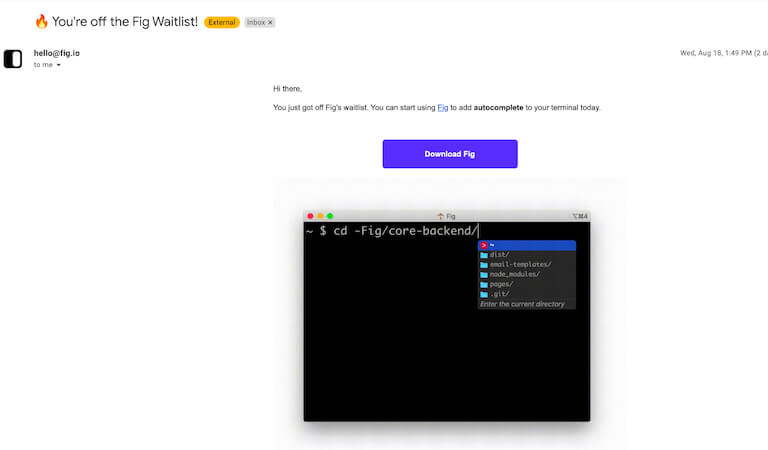
How to Install
In the email, there’s a link to download the DMG file (it’s currently mac only).
Download, slide it into your apps folder, and double click to install.
And all that’s involved is giving Fig permission to insert text on your behalf and to read the current keybuffer.
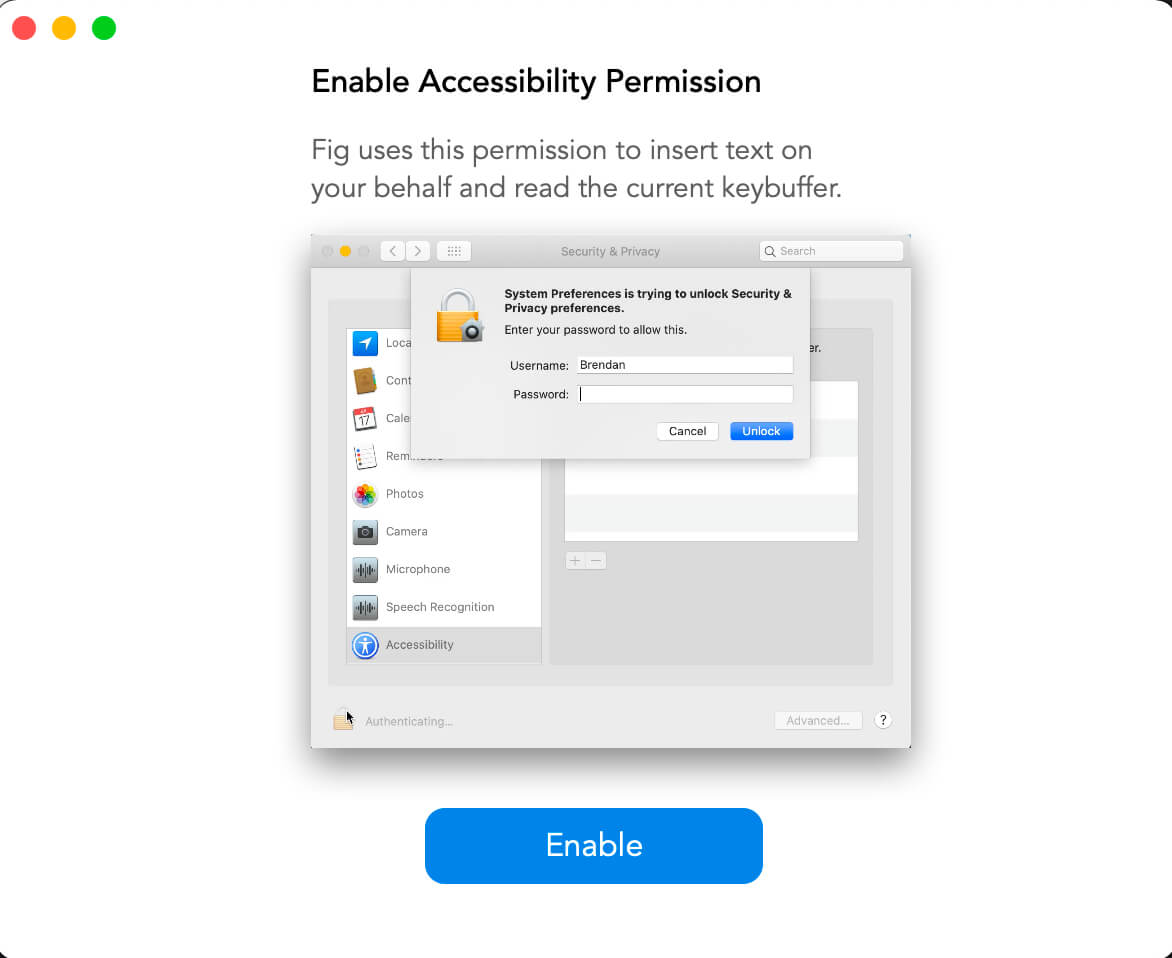
After that, you enter your email and you’re all set.
Fig in action
At this point, you can simply open up your terminal and it works.
One of my favorite features is that each autocomplete option has a description telling you what it does. It’s exciting to look at commands you had no clue existed and instantly know what they do.
Here are some gifs to demonstrate:
AWS
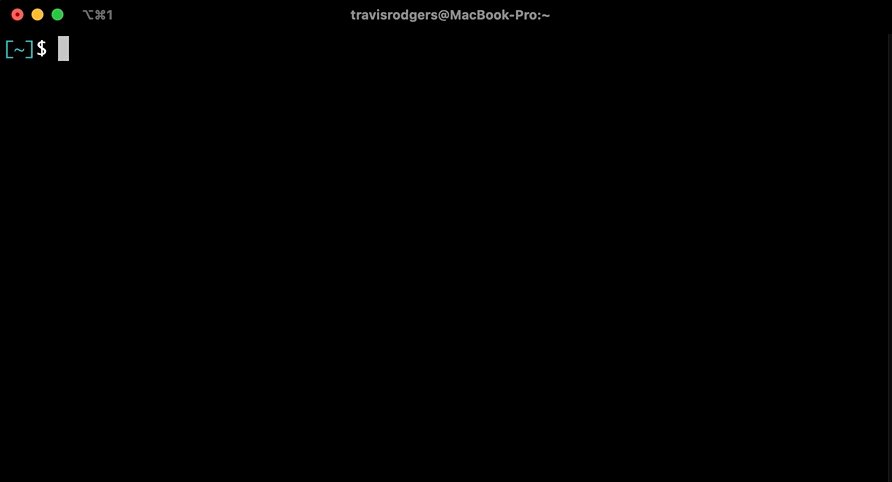
Git
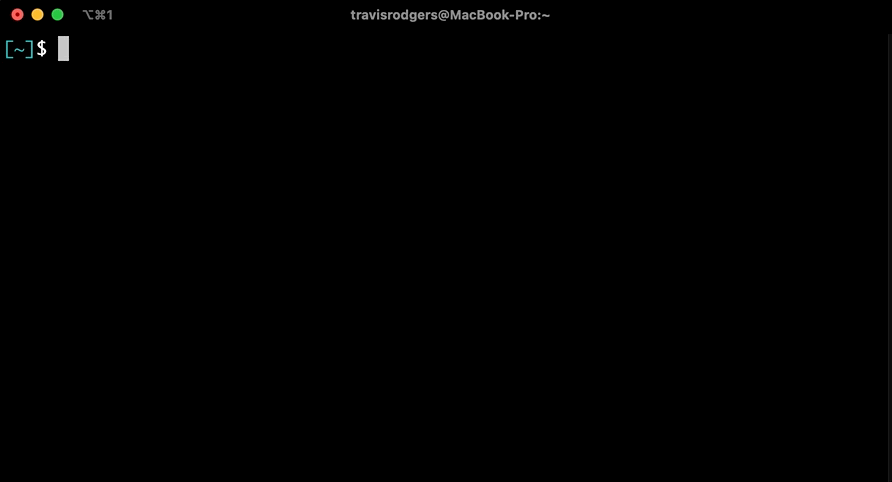
NPM
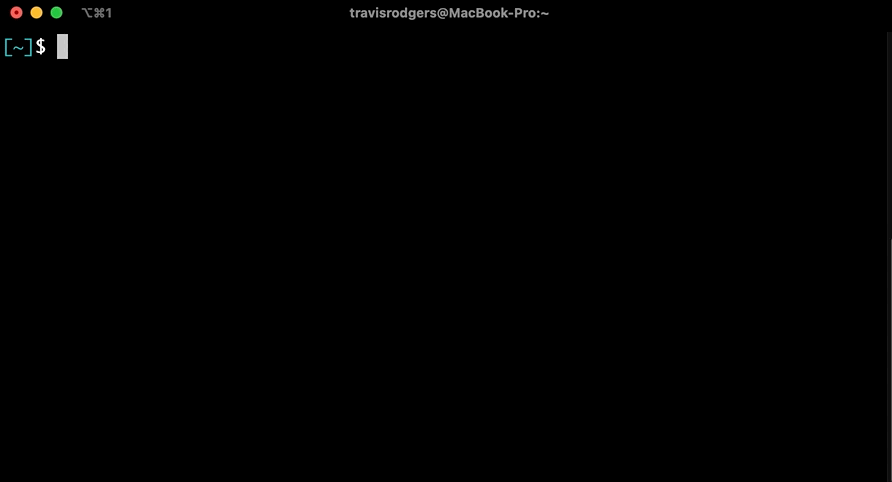
What else?
Oh my, there are some really juicy tools to play with here. Look for upcoming posts, but here are some other features:
- Visual shortcuts and aliases - creating visual shortcuts for common commands
- Autocomplete for: local scripts, package.json scripts, and internal/team CLIs.
Be on the lookout for more tutorials in the upcoming days.
Discussion
Do you have access yet? If so, what are you working on or enjoying? If not, what can I answer for you?
----------
** This article may contain affiliate links. Please read the affiliate disclaimer for more details.


